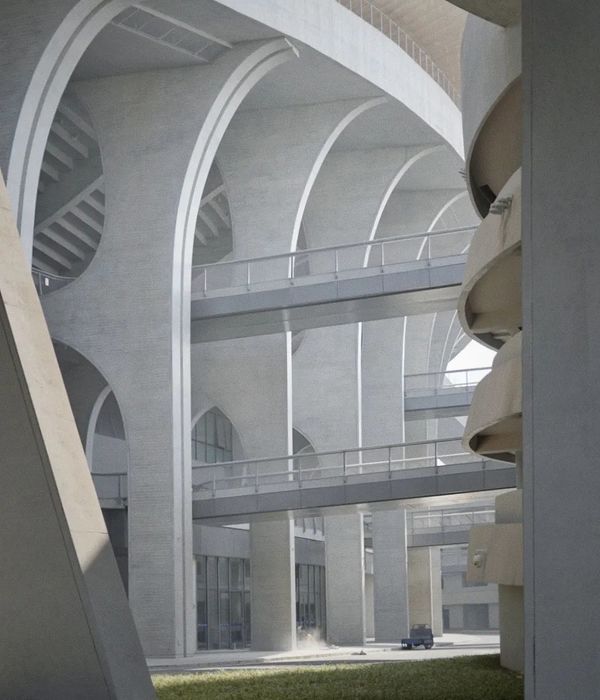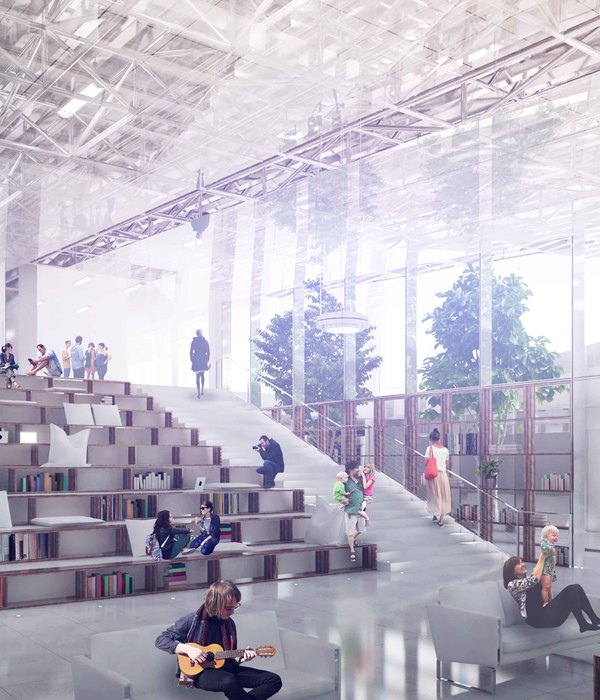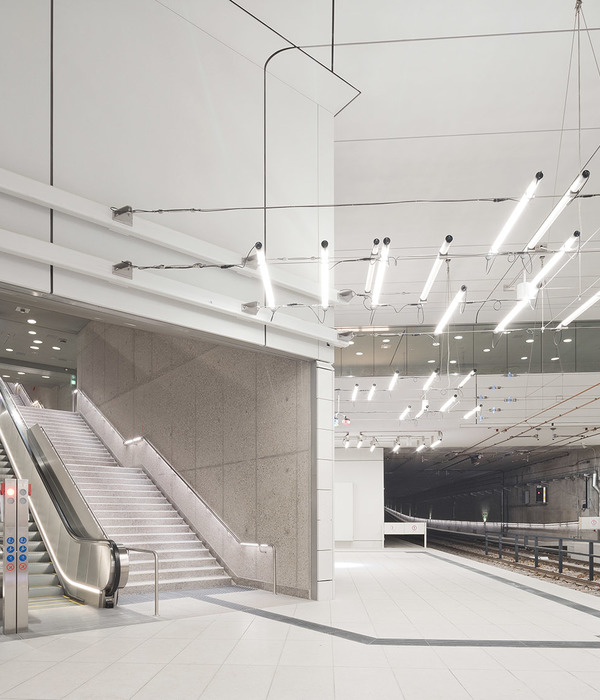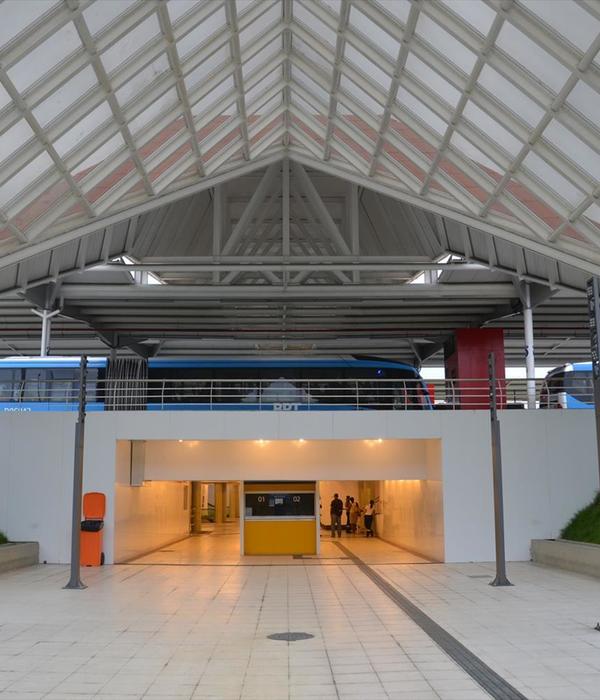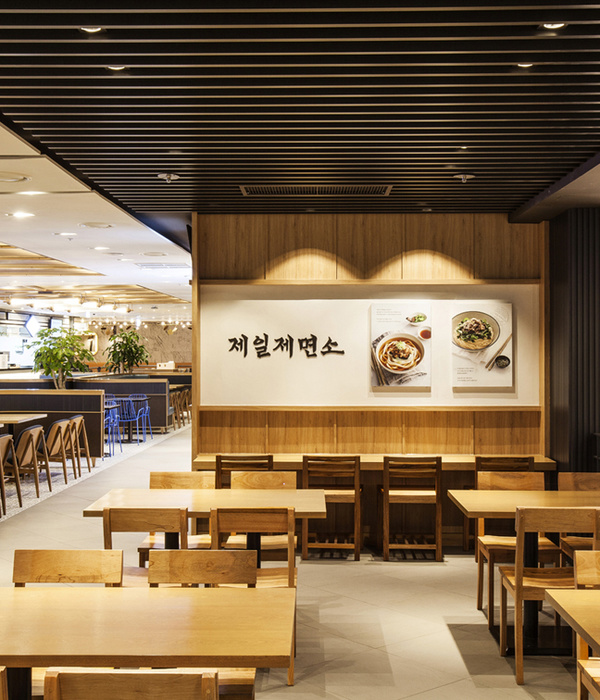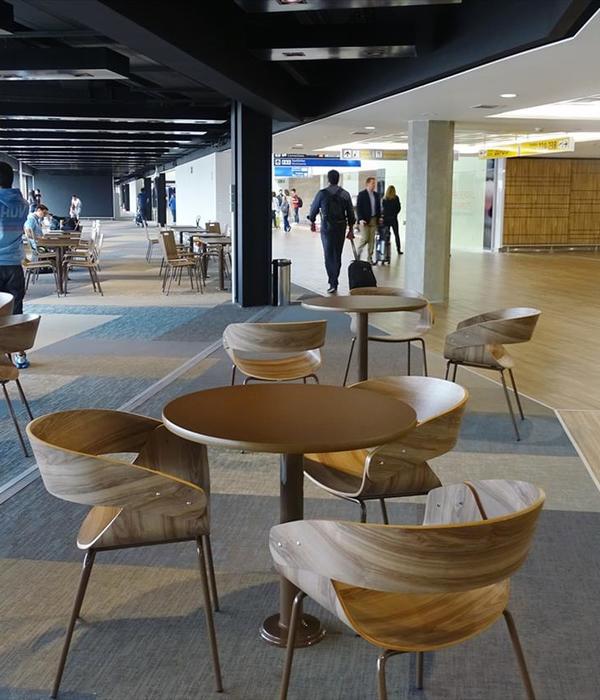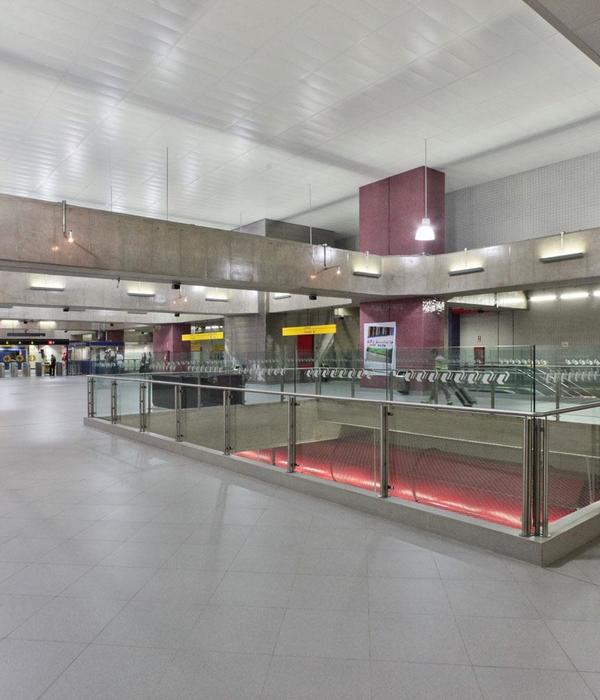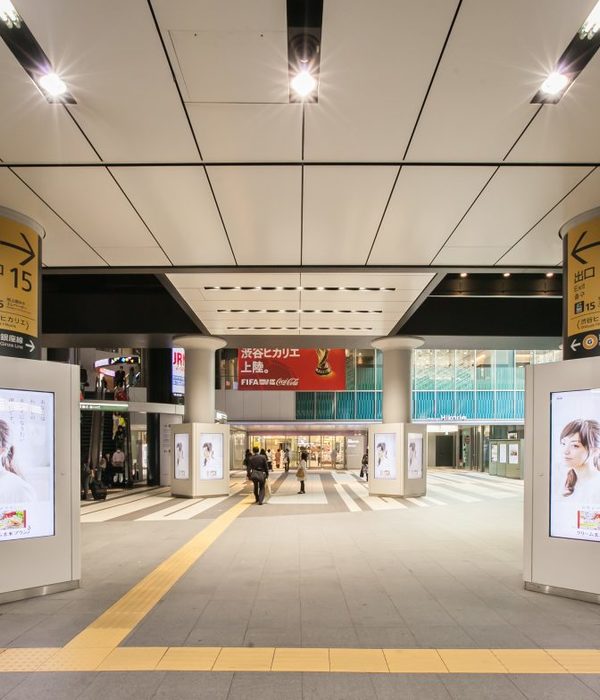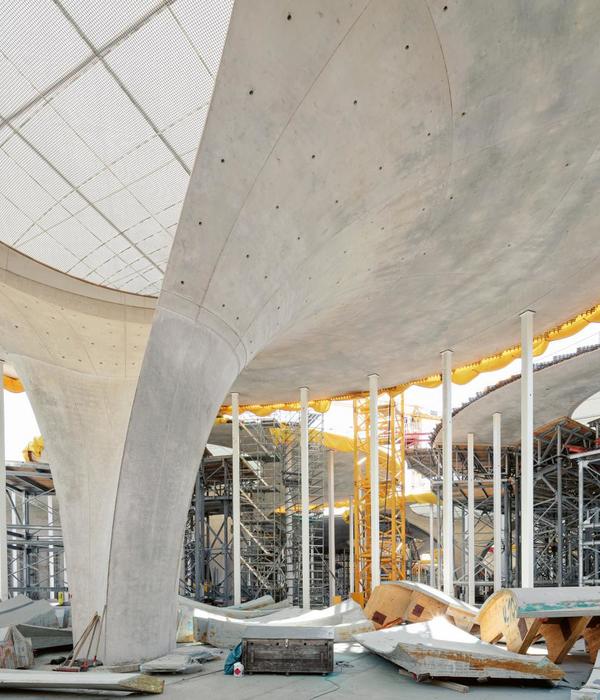Architects:Integrated Design Associates
Area :53000 m²
Year :2018
Photographs :Steve Lee, John Nye, IDA, Chubby Atillo
Manufacturers : DURLUM, Dedon, RUBNER, RiverclackDURLUM
Lighting Design :Lighting Plan Inc (LPI)
Architect In Charge : Winston SHU, Winston SHU
Design Team : SEREEVINYAYUT, SEREEVINYAYUT, Gaurav KALIA, Chris BELISLE, Brian FUNG, Minjae KIM, Paul MAK, Giuliano PAIRONE, Konstantina SARANTI, Dominik SCHEPLEIN, William TAM, Hyeonsu YANG, Nigel Yiyi YANG
Client : GMR-Megawide Cebu Airport Corporation (GMCAC)
Aviation Planning : Arup
Structure / Mep / Baggage Engineering : Arup
Retail Design : Retail Concepts Design (RCD)
Glulam Specialist : Rubner Holzbau
Collaborator : ASYA Partner
Structure Engineering : Arup
Mep Engineering : Arup
Baggage Engineering : Arup
City : Cebu
Country : Philippines
Mactan-Cebu International Airport (MCIA) is the second largest airport in the Philippines. To meet traffic demands a new Terminal 2 for international traffic is planned to supplement the existing Terminal 1, which will be converted to Domestic use when T2 completes. Hong Kong-based architect, Integrated Design Associates, was invited to design the new terminal. The expanded facility is expected to transform MCIA from a city airport to a world-class international hub, as the main gateway to the central Philippine region.
The new Terminal 2 is designed for 4 million passengers per annum (MPPA) at the initial phase of development, and is anticipated to grow to 8 mppa within the next 10 years. The modular design allows the terminal to expand incrementally, a basic building block configured for optimum adaptability to meet future change.
Cebu is an internationally well-known holiday destination. The new Terminal 2, as the gateway to tourist resorts in the region, is designed to echo a resort-like feel while function as a transport interchange. Its concept is contextual. Like a tropical grand indigenous house in The Philippines, the terminal has a high pitch roof and low eaves to fend off solar heat and glare. The uppermost structure is lightweight to withstand seismic activity and its form is well braced against typhoons. The superstructure is made from sustainable material and capable to be built by local craftsmen. The building exudes simplicity and warmth to stand it apart from the institutional coldness typified by many airports. The new Terminal 2 is designed to offer a new experience for passengers.
The 3-story Terminal building comprises of Departure facilities at the top level and Arrival facilities at ground and mezzanine levels. The main roof structure, composed of arrays of glulam arches spanning 30m, defines the building modular composition and its architectural form. Air-conditioning ducts are fully integrated into the valleys of the vaulted roof, while the apex of the arch has skylights to let in natural light. The 15m high main north and south façades, protected by the roof overhangs, offer clear, uninterrupted views out of the building. The orientation of the roof and clear visibility from kerb side to aircraft provide an unequivocal sense of direction for passengers moving through the building.
The MCIA project has already broken a few records during its construction. The glulam timber structure, made of spruce from certified sustainable source, is the biggest project of its kind in the world. The use of laminated timber is another first for a major transport building in Asia, and is selected for its low-carbon footprint, ease of erection and a natural self-finish. The bold design is a celebrated landmark; a symbol of pride and a showcase of the best Cebu have to offer.
▼项目更多图片
{{item.text_origin}}

